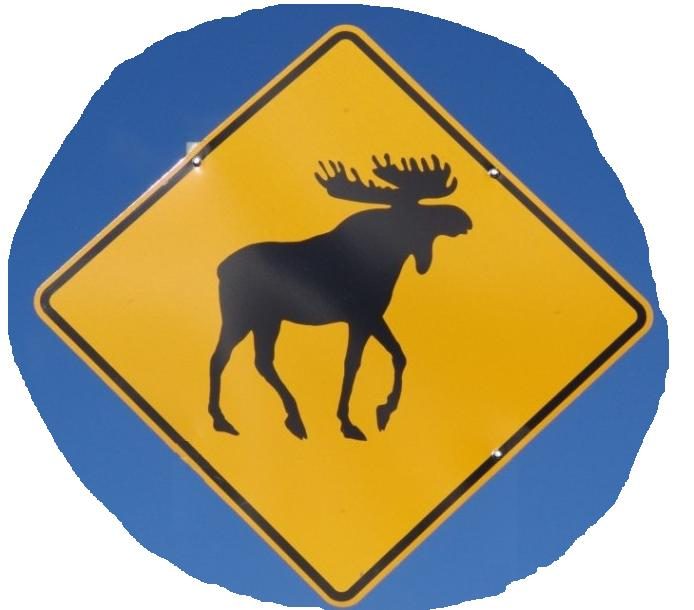(continuer en français) – Last updated: September 22, 2023

During the Congress of Vienna in 1815, Luxembourg was declared a neutral country and as a result its capital had to dismantle the fortifications that had made it one of the main strongholds of Europe, the source of many conflicts between France and the Germanic area.
The fortifications designed by Vauban were then replaced by large green spaces bordering part of the city centre. This is where the Villa Vauban was built in 1873 and belonged to a succession of wealthy entrepreneurs. From 1952 to 1958, the Court of Justice of the European Community moved in. Then from 1991 to 1995 it served as a town house for Grand Duke Jean during the renovation of the Grand Ducal Palace.
Today the Villa Vauban houses the art collections of the City of Luxembourg.

The collections are presented by successive themes. As Luxembourg was for a long time part of the same territorial unit as the present-day Netherlands, there is a strong representation of works from the golden century of Dutch painting in the 17th century.
In addition to the great technical mastery of the artists of the time, we regularly find the same themes such as country scenes, periods of frost transforming the canals into an ice rink, or naughty moments in the inns.




Italian classical painters are also well represented. The strong Italian community in Luxembourg and the attraction of southern European countries for travel must be taken into account. Thus Canaletto, who painted many views of Venice for wealthy travellers in the 18th century, has found a place in the collections.




French painting did not make its appearance until the 19th century, although not until the impressionist period. It was rather classical paintings that attracted Luxembourg collectors.




Some rooms contain works assembled according to a specific theme, such as marine paintings or miniature portraits. These were common before the advent of photography, in order to capture people’s faces.



A room pays tribute to the great donors who bequeathed their collections to the city of Luxembourg, thus contributing to the Villa Vauban’s artistic collection. The donors are Jean-Pierre Pescatore, Leo Lippmann and Jodoc Frédéric Hochhertz.
The collections also present several sculptures, arranged in the spaces between the rooms.





Major expansion work was carried out until 2010 in order to increase the exhibition and public reception areas. Most of the work was carried out underground, clearing the base of the Vauban fortification.


These new spaces make it easier to set up installations such as Immersive space “Art[e]motion” by Daniel Wangen.
The permanent collection is installed on the ground floor and in the basement, the two upper floors are dedicated to temporary exhibitions, giving as many good reasons to visit the Villa Vauban again. It also gives an idea of the quality of cultural life in Luxembourg.



To be informed of upcoming articles, register here (it’s free!).
…
Articles about Western Europe
…
Luxembourg
Netherlands
Switzerland
To be informed of upcoming articles, register here (it’s free!).

looks utterly splendid! I loved Luxembourg when I visited, quite underated!
LikeLiked by 1 person
You are right, Luxembourg is not well known to most Europeans, not exotic enough, not southern enough …. and yet it could be a model in many areas.
LikeLike
The Grand Duchy is definitely on our wish list. Before the pandemic, one of our planned trips was to follow the original route of the Orient Express by different modes of modern day public transport, making detours en route. Luxembourg was on the list of possible detours. Maybe one day…
LikeLiked by 1 person
Luxembourg deserves a few days of exploration, beyond the city there is also a beautiful hinterland with very hilly landscapes.
LikeLiked by 1 person
A very enjoyable look around an amazing place. Great photos, thanks for the tour.
LikeLiked by 1 person
This could be a suggestion for a rainy day.
LikeLike
Vauban definitely knew how to design and build fortifications. We were lucky enough to hike up to the citadel above Entrevaux. Thanks for sharing and have a Happy New Year. Allan
LikeLiked by 1 person
I didn’t know Entrevaux, it’s quite impressive. Luxembourg despite the dismantling of the fortress still has some walls showing the strength of the place.
LikeLiked by 1 person
The Villa Vauban has such an interesting history. I like how it now houses the art collections of the City of Luxembourg for all to enjoy. Thanks for the virtual tour. Linda
LikeLiked by 1 person
To put things in perspective, yesterday I was at the Louvre … but it’s true that Villa Vauban has a beautiful collection that allows to get in touch with the diversity of styles and periods in painting.
LikeLiked by 1 person